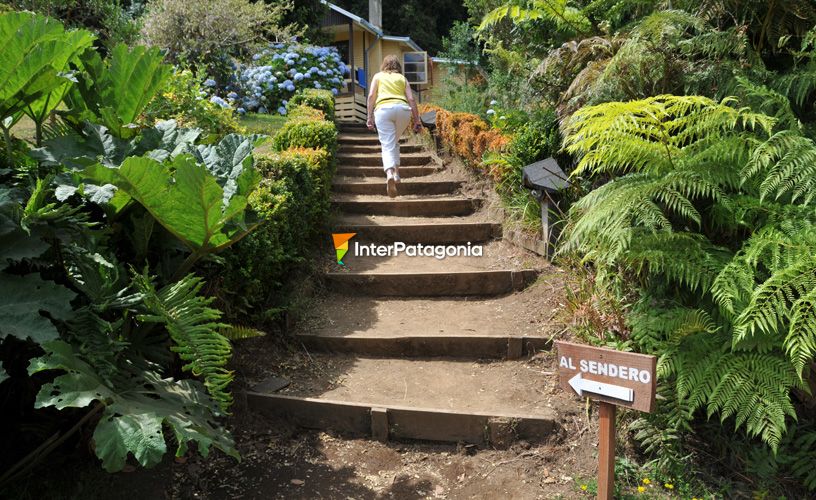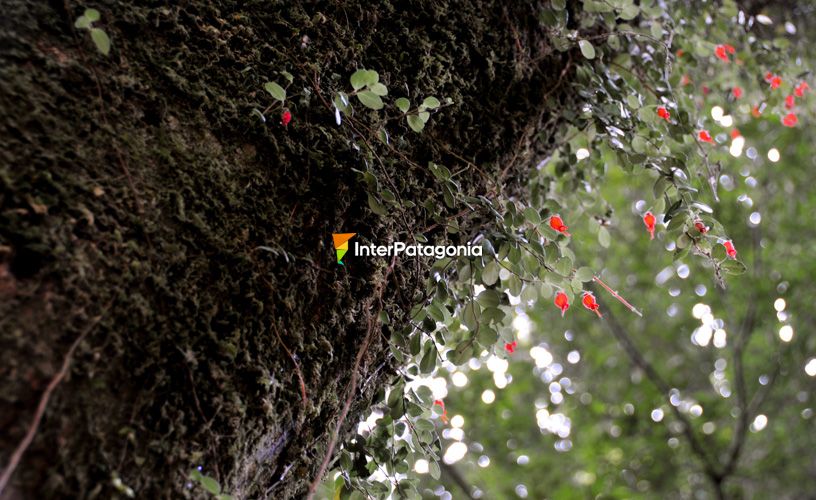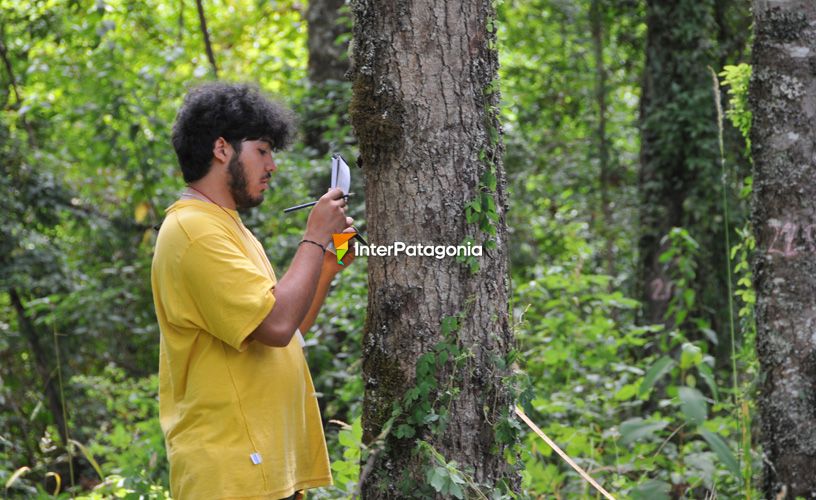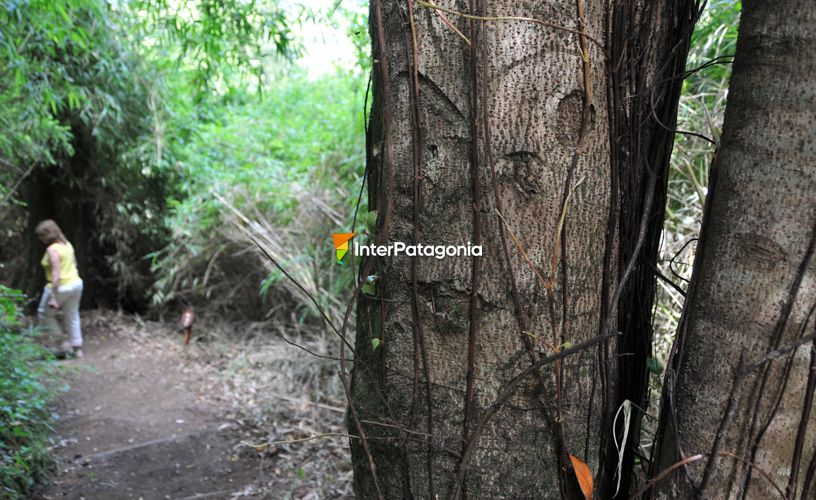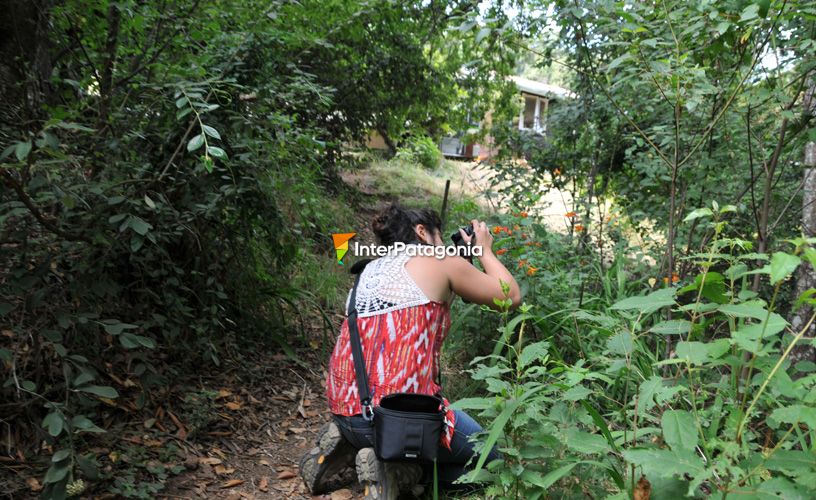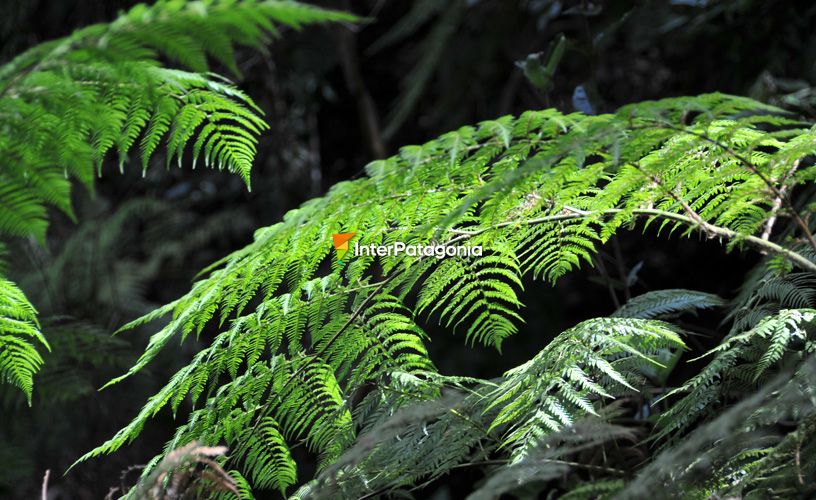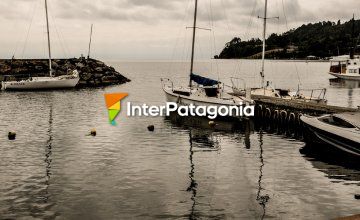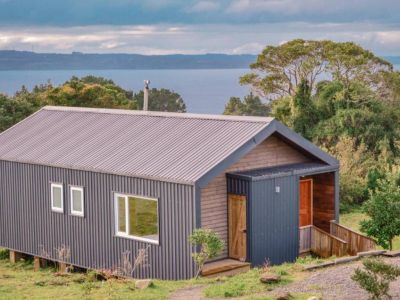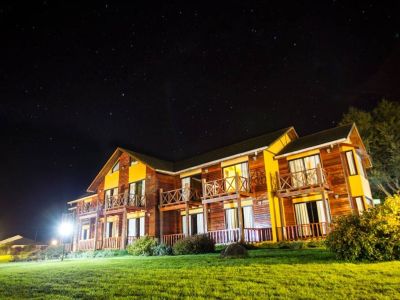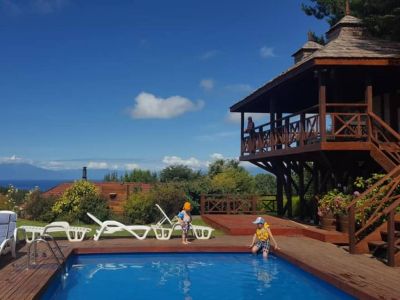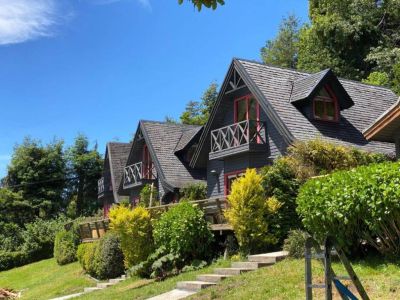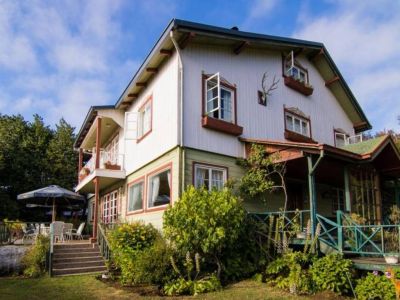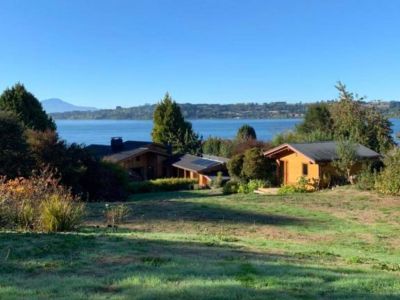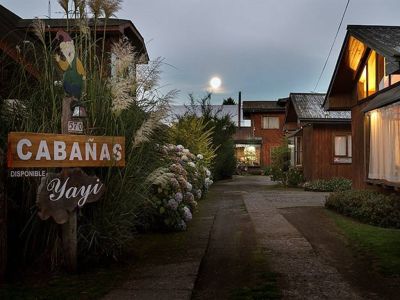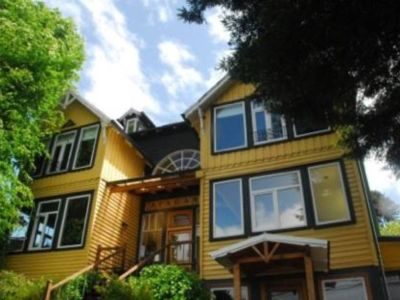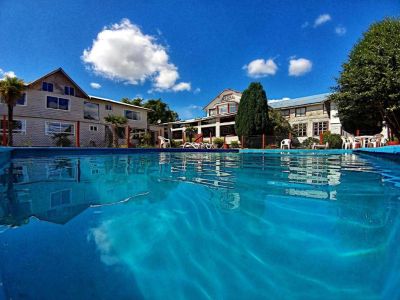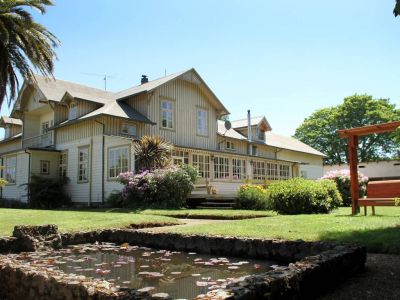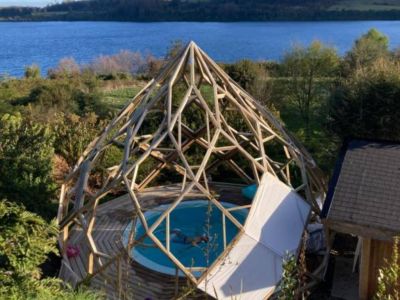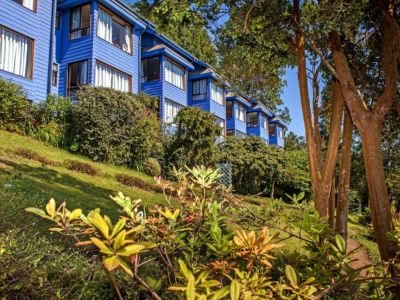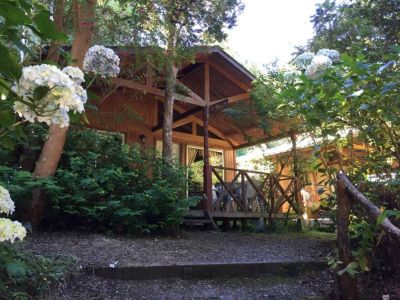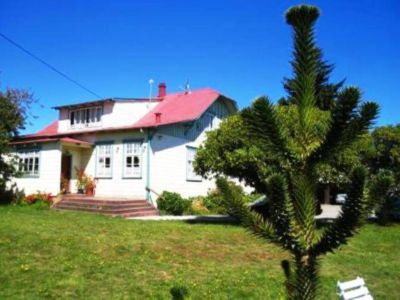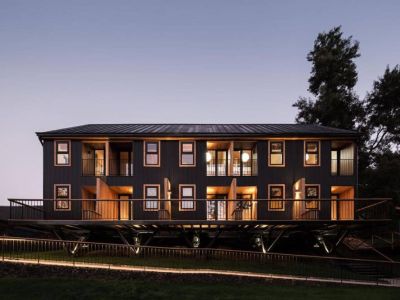A few blocks away from downtown Frutillar, in the area known as Frutillar Bajo (Lower Frutillar), Edmundo Winkler Experimental Station provides the chance to recognize species from southern Chile. We took a narrow trail that introduced us to each of the plants that live there in a pure state. We got deep into that humid atmosphere and little by little learned their names with the aid of educational signs. The perfume of some trees reached us. We looked up and noticed that the thick foliage prevented us from seeing the sun. Inside that fresh intersection, the trees intertwined and even looked like one single trunk. Lessons given by mother nature: an embrace makes life better.
Ancient Native Forest
It was a hot sunny day and that refreshing shade let us go around the stations and find monkey-puzzle trees, ulmos, radales, Chilean laurel and tepas. We made a stop in order to admire a 700-year-old laurel. The ferns were sheltered by the canopies. We enjoyed the quietness and started our way back in silence, slowly down a staircase carved out on the soil. Then we reached a creek where the ground looked quite wet. We finally arrived in the nursery, where the beds welcome the seeds that sprout and grow until the new plants are ready to be moved. Some similar soil is planted with hazelnut trees, raulíes, Patagonian cypresses and the like, which soon become adapted to the new terroir. The main purpose of the forest station is to train forest engineering students from the University of Chile. They spend some time in this venue every year to apply everything theory has taught them. They have the chance to be in contact with nature. Viviana Mundaca is in charge of the plant. She told us that: “This is a tourist and educational outing. 90% of the species shown are native. No chemicals are introduced. No plant is moved and the wood is not industrialized. Our aim is to show visitors what a forest is like in its natural state. This is the only one left in Chile”. And she added: “When the German arrived, rainfalls were intense. The whole forest was as thick as the one you just saw. The tools they brought helped them exploit the wood, open up paths and settle down towns in almost inaccessible sites. Later on, they learned to fight fires and their initiative, technology and struggle helped them consolidate a community”. This two-hour tour let us make direct contact with fresh air and the presence of birds. We became aware of what the immigrants found when they set foot on this shore of Lake Llanquihue back in 1850. We carried home the aroma of the plants with fragrant properties and the silhouette of an imposing mañío that swayed its branches to the rhythm of the wind as if saying "hello".
Mónica Pons
Eduardo Epifanio
Edmundo Winkler Experimental Station
Address: Caupolicán Street, steps away from Phillipi Avenue – Lower Frutillar.
An affordable access ticket is charged. Guided tours available in certain seasons.
The access road is not appropriate for low vehicles.
